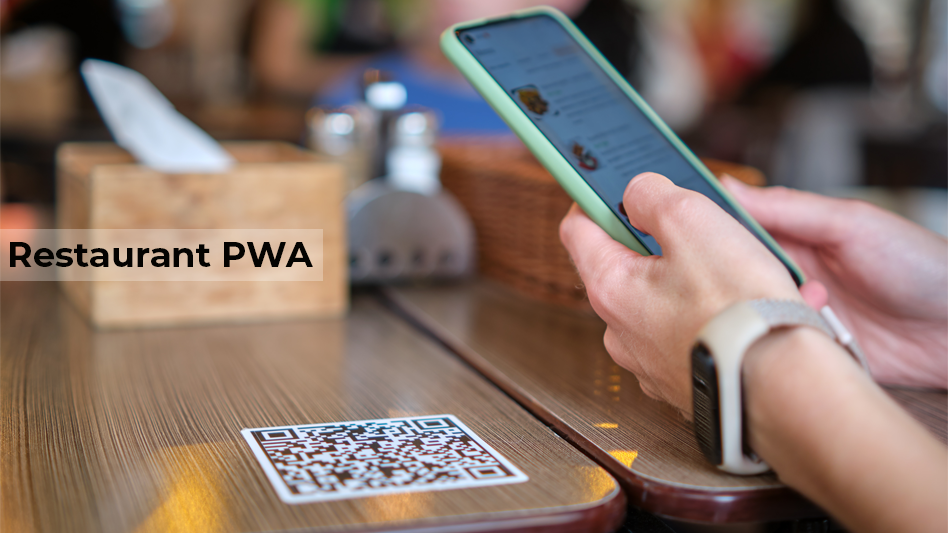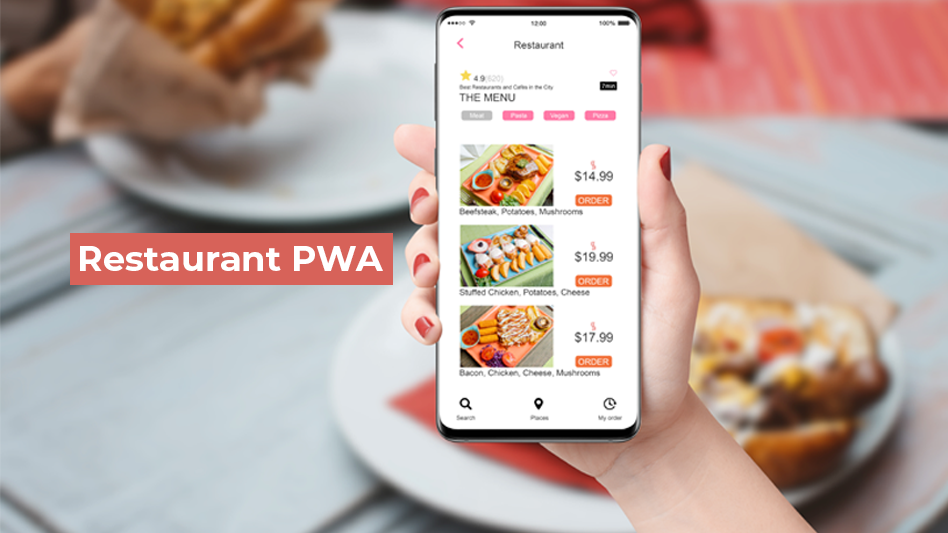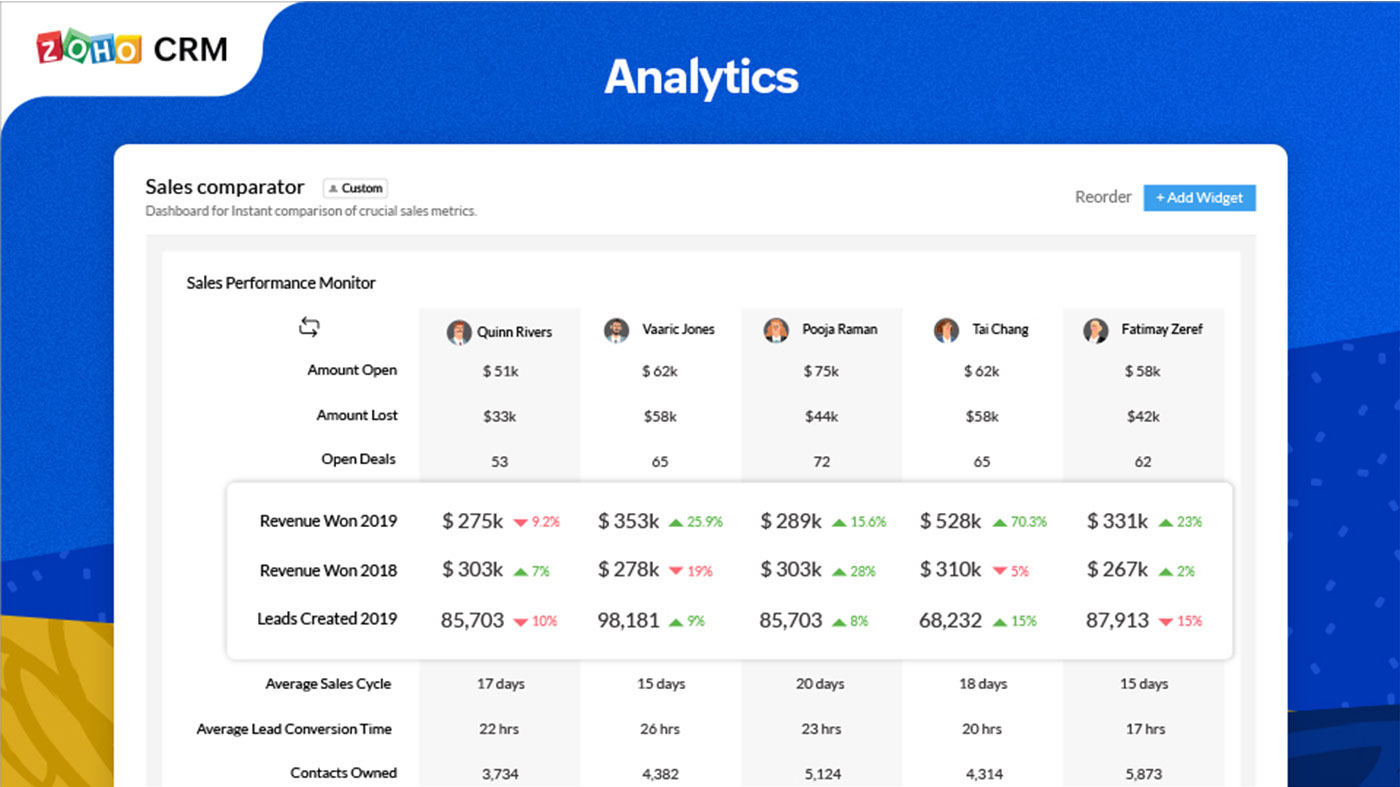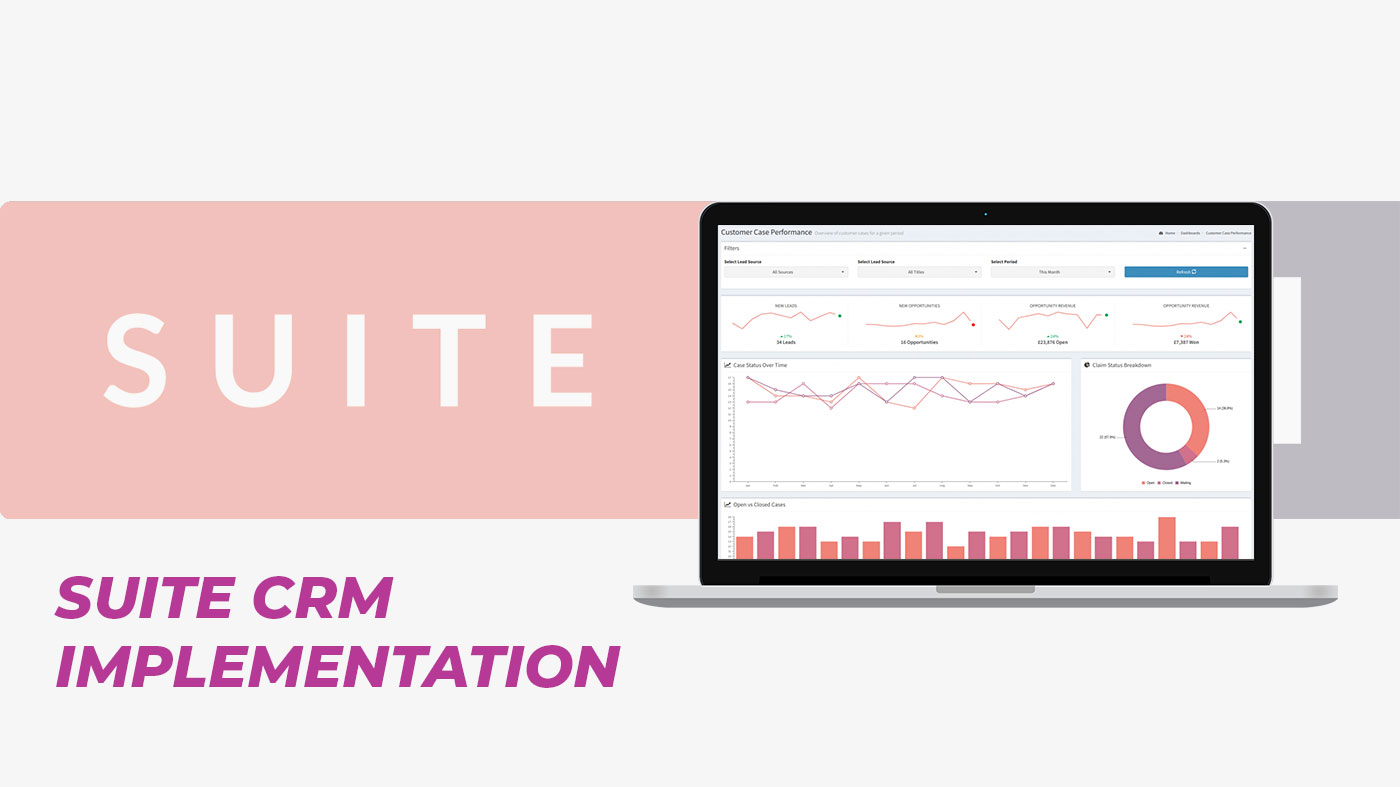In today’s fast-paced world, customers expect quick and easy service when they visit a restaurant. One way to meet these expectations is to offer an in-restaurant ordering system that allows customers to place orders directly from their table using a mobile device. In this case study, we will look at the development of a Progressive Web Application (PWA) for in-restaurant ordering using Angular and Laravel with MySQL as the database management system. The PWA will also include additional features such as QR code scanning for menu, push notifications, and online payment integration to enhance the customer experience.
Background
The restaurant in question is a medium-sized establishment that serves a variety of American cuisine. They currently use a traditional ordering system where customers place orders with a server, who then inputs the order into a point-of-sale (POS) system. The restaurant management team noticed that this process was taking up a lot of the servers’ time, resulting in longer wait times for customers. They also noticed that many customers were becoming more reliant on mobile devices and wanted to offer a more modern ordering experience to keep up with these trends.
To meet these needs, the restaurant management team decided to develop a PWA for in-restaurant ordering. They chose Angular and Laravel for the development of the application, as they are both popular and well-documented frameworks that have a lot of support in the developer community. They also chose MySQL as the database management system, as it is a widely-used and reliable system that can handle large amounts of data.
Development
The development of the PWA began with the creation of a wireframe and a detailed design document that outlined the functionality and user experience of the application. The wireframe and design document were used to guide the development process and ensure that the final product met the needs of the restaurant and its customers.
The front-end of the application was developed using Angular. Angular is a popular JavaScript framework that is well-suited for building PWAs because of its ability to create fast and responsive web applications. The front-end of the application was designed to be easy to use and navigate, with a clean and modern user interface.
The back-end of the application was developed using Laravel. Laravel is a PHP framework that is known for its ease of use and its ability to handle complex business logic. The back-end of the application was designed to handle all of the data management and logic required for the in-restaurant ordering system, such as managing customer orders, updating inventory, and processing payments.
MySQL was used as the database management system for the application. MySQL is a widely-used and reliable system that can handle large amounts of data. The database was designed to store all of the relevant data for the in-restaurant ordering system, such as customer information, menu items, and order history.

QR Code Scanning for Menu
To make the ordering process even more convenient, the PWA also included a QR code scanning feature that allows customers to scan a QR code on their table to access the restaurant’s menu. This eliminates the need for customers to manually enter a URL or search for the menu online, making it quick and easy for them to place their order.
Push Notifications
The PWA also includes push notifications to keep customers informed about their order status. Customers will receive notifications when their order is received, when it is being prepared, and when it is ready for pickup or delivery. This feature ensures that customers are always informed about the status of their order, reducing wait times and improving the overall customer experience.
Online Payment Integration
To make the ordering process even more seamless, the PWA includes online payment integration. Customers can easily pay for their orders using a variety of payment methods such as credit card, debit card, or mobile wallet. This eliminates the need for customers to wait for a server to process their payment, saving time and providing a more efficient ordering experience.
Testing and Deployment
Once the development of the PWA was complete, it underwent extensive testing to ensure that it was functional and free of bugs. The testing process included functional testing, performance testing, and security testing.
After the testing was complete, the PWA was deployed to the restaurant’s servers and made available to customers. The restaurant management team provided training for the servers on how to use the new system, and also provided customers with instructions on how to access the PWA from their mobile devices and how to use the QR code scanning feature.
Conclusion
The development of the PWA for in-restaurant ordering using Angular and Laravel with MySQL as the database management system was a success. The application was well-received by customers, who appreciated the fast and easy ordering experience. The addition of features like QR code scanning, push notifications, and online payment integration further enhanced the customer experience. The restaurant management team also found that the new system reduced the amount of time that servers spent on order taking, allowing them to spend more time interacting with customers and providing excellent service.
The restaurant management team also noticed an increase in sales as a result of the PWA, as customers were able to place orders quickly and easily, leading to a more efficient and streamlined ordering process.
The PWA also provided the restaurant with valuable data on customer preferences and ordering patterns, which the management team used to make informed decisions about menu offerings and promotions. The restaurant was also able to take advantage of the PWA’s offline capabilities, which allowed customers to place orders even when internet connection was lost.
Overall, the development of the PWA for in-restaurant ordering using Angular and Laravel with MySQL as the database management system was a success for the restaurant. It provided a modern and efficient ordering experience for customers, reduced wait times, increased sales and provided valuable data for the restaurant management team. The additional features like QR code scanning, push notifications and online payment integration made the customer experience even more seamless. The PWA’s ability to work offline was also an added advantage.






